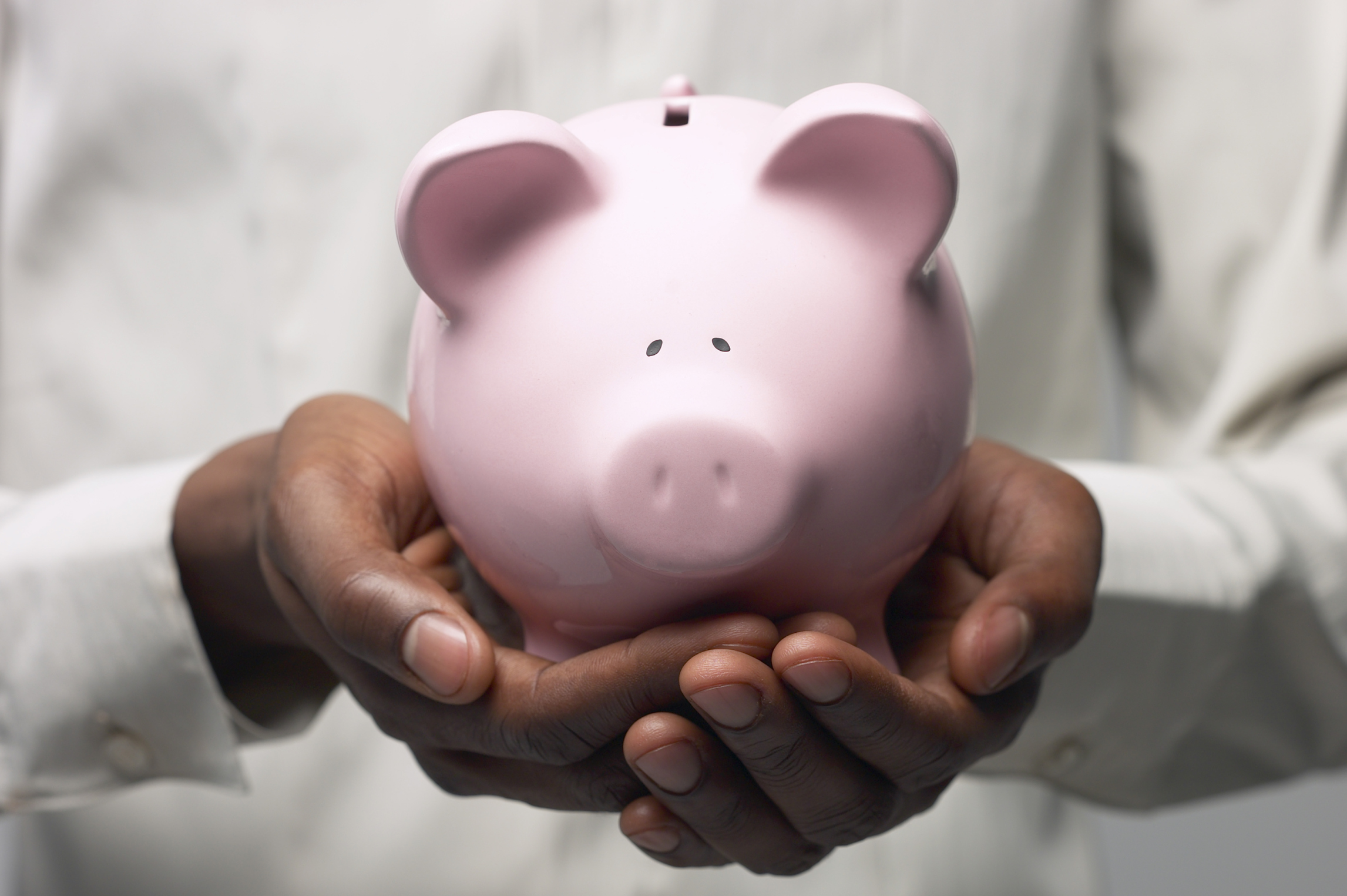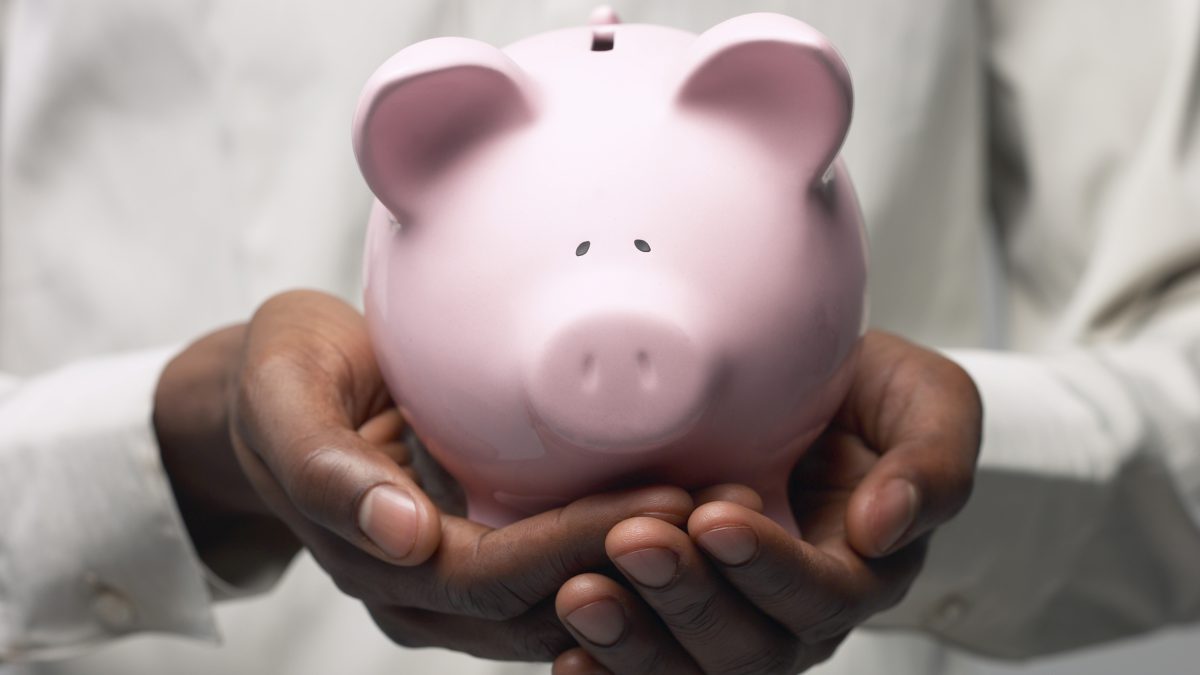Personal Finance Planning: Creating and Protecting an Emergency Fund
Personal Finance Planning: Creating and Protecting an Emergency Fund

Life is full of surprises, many of which come with adverse financial consequences. Whether it’s your car breaking down, your child getting sick or you losing your job, one of the fastest ways to pile up high-interest debt is if you don’t have an emergency fund set aside for unexpected expenses. If you don’t, you might be forced to carry large balances on high-interest credit cards — or worse.
Emergency Fund Target Balance
Different financial planners recommend different amounts as your minimum emergency fund, typically between three and eight months’ worth of living expenses. Sophia Bera, a certified financial planner practicing in Minneapolis, Minnesota, generally recommends that you have three to six months’ worth of living expenses saved for emergencies. “If you’re single or the sole income provider then I recommend at least six months. If you’re a couple that makes about the same amount of money, then three months may be sufficient for your situation: if one of you lost your job, then your three months of emergency savings would last six months on half the income.” However, the best target for your emergency fund balance also varies based on your personality. It also depends on how much money you need in the bank so that you can sleep at night, notes Bera: “If that’s a year’s worth of salary, then that’s how much you should have in emergency savings.”
Building Your Emergency Fund
Especially if you haven’t started an emergency fund before, trying to come up with $10,000 or $15,000 can seem impossible. “Start small and keep growing it every month,” advises Bera. “Even having $500 in the bank is better than nothing.” To help you get and stay on track, make your emergency savings a priority by putting it in your budget, rather than just trying to scrape money together from whatever is left over. “Start with $100 a month and try not to touch it,” say Bera. “Also, use windfalls such as a tax refund or bonus to jumpstart your emergency fund. If you can work part-time or pick up overtime hours at your job, use this money to go directly into your emergency fund.”
Prioritizing Emergency Savings Versus Paying Debt
If you’re in the process of conquering debt, it’s harder to find extra money to save in your emergency fund because you’re trying to pay off those pesky creditors. However, if you don’t set up at least a small emergency fund, one unexpected expense can plunge you down into debt again. “It’s important to make sure you at least have $1,000 in the bank if you’re single and one month of living expenses if you have a family,” recommends Bera. “After that, I recommend that you start by paying off your high-interest credit card debt first. Student loans and mortgages can be paid off slowly over time, but any debt that is above a 7 percent interest rate, I would try to pay down quickly. Ideally, keep adding to your emergency savings slowly, while you aggressively pay down debt.”
Stashing Your Emergency Fund
Keep your emergency funds in a separate account from your other money. Not only will you be less tempted to spend it than if it’s already in your checking account, but you’ll also earn a higher interest rate. Bera recommends using a high-yield online money market deposit account, because you’ll earn a higher interest rate than a traditional savings account. Wherever you decide to put it, make sure the institution is covered by the Federal Deposit Insurance Corporation, so that if the bank does go out of business, your stash of cash is protected. As of 2013, FDIC insurance covers the first $250,000 of your deposits at each bank.
Quicken has made the material on this blog available for informational purposes only. Use of this website constitutes agreement to our Terms of Use and Privacy Policy. Quicken does not offer advisory or brokerage services, does not recommend the purchase or sale of any particular securities or other investments, and does not offer tax advice. For any such advice, please consult a professional.



